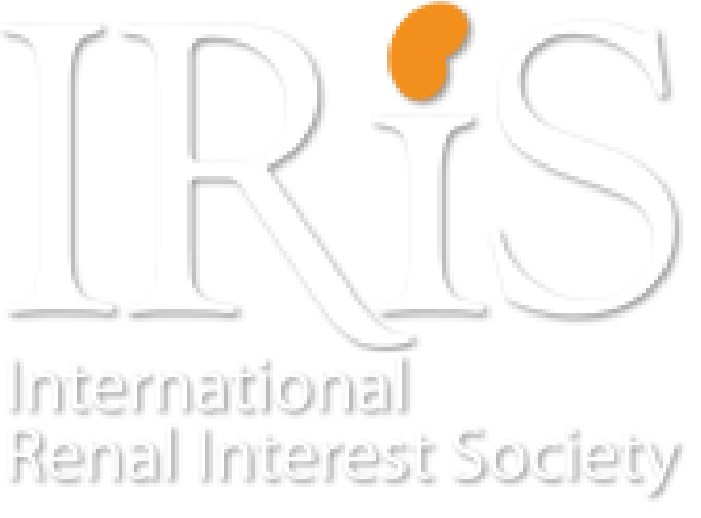
About IRIS
Measurement of GFR
IRIS involvement in standardization issues regarding estimation of glomerular filtration rate (GFR)
IRIS is interested in advancing methods for standardization of methods for the estimation of GFR. In human and veterinary medicine, estimation of GFR is generally considered the most useful measure for assessment of renal function. Historically, GFR has usually been crudely estimated in people and animals by measurement of blood creatinine or urea nitrogen concentrations. Urinary clearance of inulin is the "gold standard" method for measuring GFR. Recently, validation of simpler methods, without urine sampling (referred to as plasma clearance methods) have been evaluated by a number of individuals, including members of the IRIS Board. Compared to use of blood creatinine or urea nitrogen determinations, the GFR can more accurately be estimated by measurement of plasma clearance of a filtration marker, using a compound that is freely filtered in the glomeruli, without significant tubular reabsorption or secretion.
The IRIS Board recognizes that estimation of GFR can be of great value for research, clinical trials, and clinical practice. There are a number of issues that need further clarification before universal recommendations can be given. These include:
- Understanding the utility of blood creatinine measurements as an estimate of GFR, including breed- and size-specific variances in reference ranges for blood creatinine and the utility of trending of blood creatinine within the reference range to identify early renal disease.
- Studying the quality of filtration markers, defining situations where plasma clearance estimates may be unreliable.
- Evaluating how to optimally index the measured clearance values to body size, including the establishment of valid reference ranges in healthy dogs (age-matched and breed specific, where appropriate).
- Studying changes in GFR observed in disease conditions where confusion may arise as to whether an animal has a secondary effect of the disease, or a concurrent separate renal problem (e.g., feline hyperthyroidism or canine Cushing's disease).
IRIS board members continue to address these questions, working with various methods, such as plasma clearance of iohexol, exogenous creatinine and 99mTc DTPA, as well as renal uptake (scintigraphy) of 99mTcDTPA and renal clearance of inulin and creatinine.
Work is underway to study simplified methods that could be available for practitioners. IRIS board members are willing to collaborate with practitioners on a case-to-case basis at this point in time, but would like to see more results from ongoing studies before providing universal recommendations regarding the use of these methods in routine clinical practice.
Reidun Heine and Scott Brown, September 2013